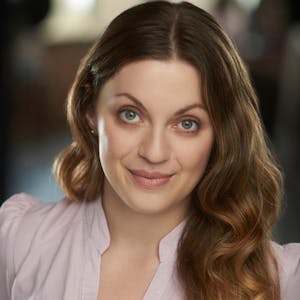Deploying decoupled and microservice applications isn't just a problem to be solved on migration day. Moving forward with these architectures depends completely on what your team's workflow experience will look like day-to-day post-migration.
The hardest part of this can often be the number of vendors involved. Some targets are best suited for specific frontend frameworks, while others are more so for CMSs and custom APIs. Unfortunately their assumptions, workflows, APIs, and notions of security can be quite different. While there are certain advantages to relying on a strict contract between apps – where backend and frontend teams work is limited to a single vendor – this isn't always realistic. This could be because you're still experimenting, or simply the size of your organization doesn't allow for this kind of specialization just yet.
In this workshop, you'll have a chance to explore a different, single vendor approach to microservices using Strapi and Next.js as an example. You'll deploy each app individually, establishing a workflow from the start that simplifies customization, introducing new features, investigating performance issues, and even framework interchangeability from the start.
Structure:
- Getting started
- Overview of Strapi
- Overview of Platform.sh workflow
- Deploying the project
- Switching services
- Adding the frontend
Prerequisites:
- A Platform.sh trial account created
- The Platform.sh CLI installed
This workshop has been presented at Node Congress 2023, check out the latest edition of this JavaScript Conference.








Comments